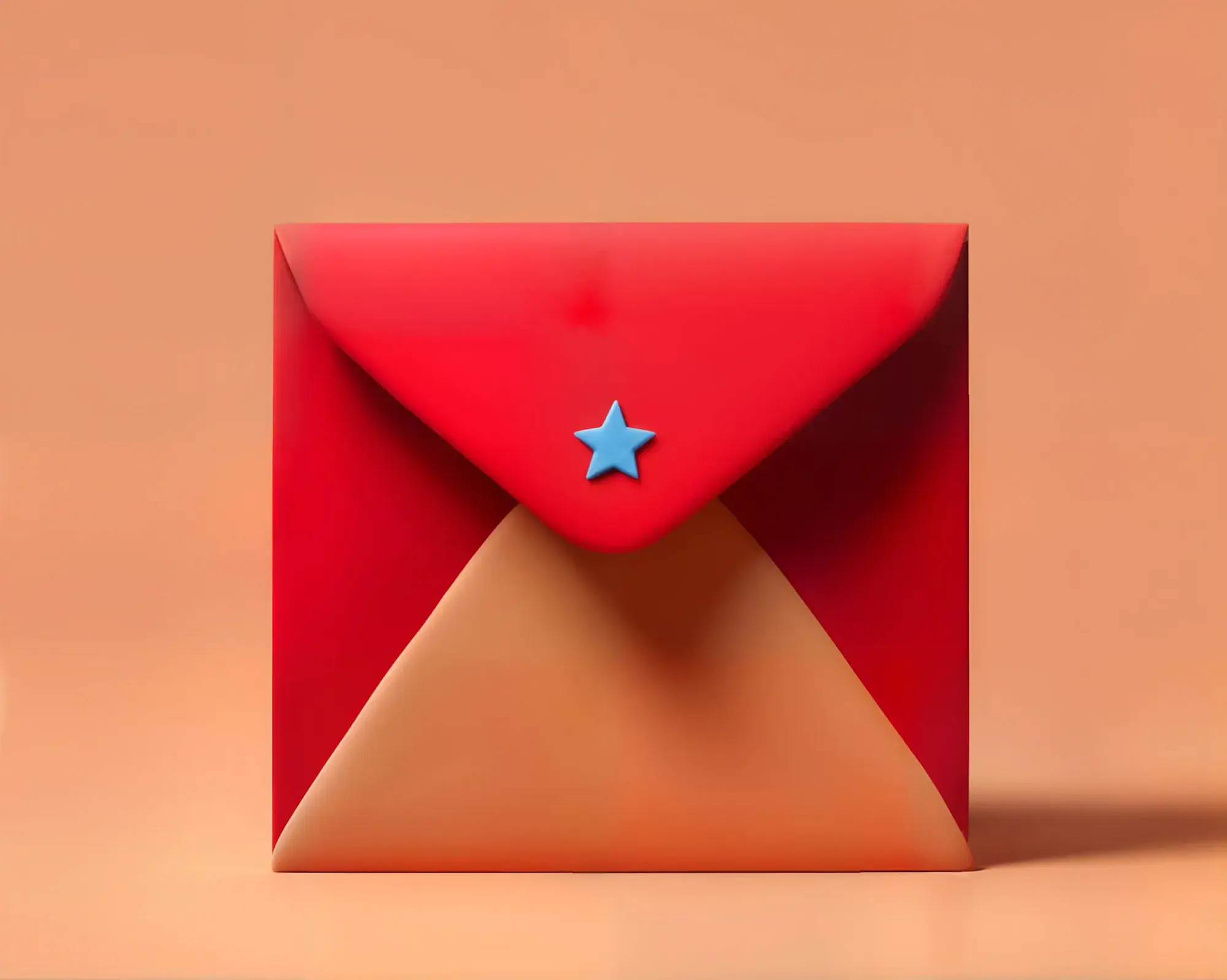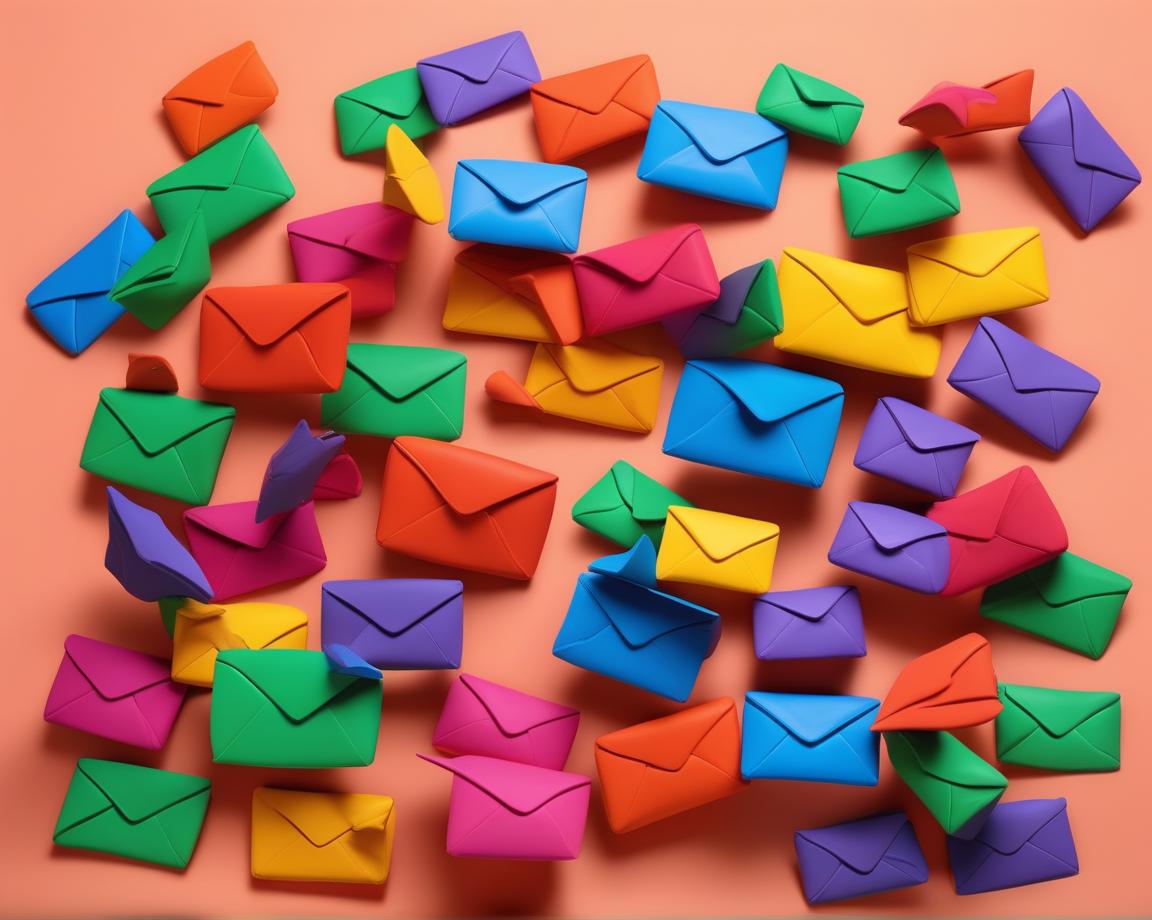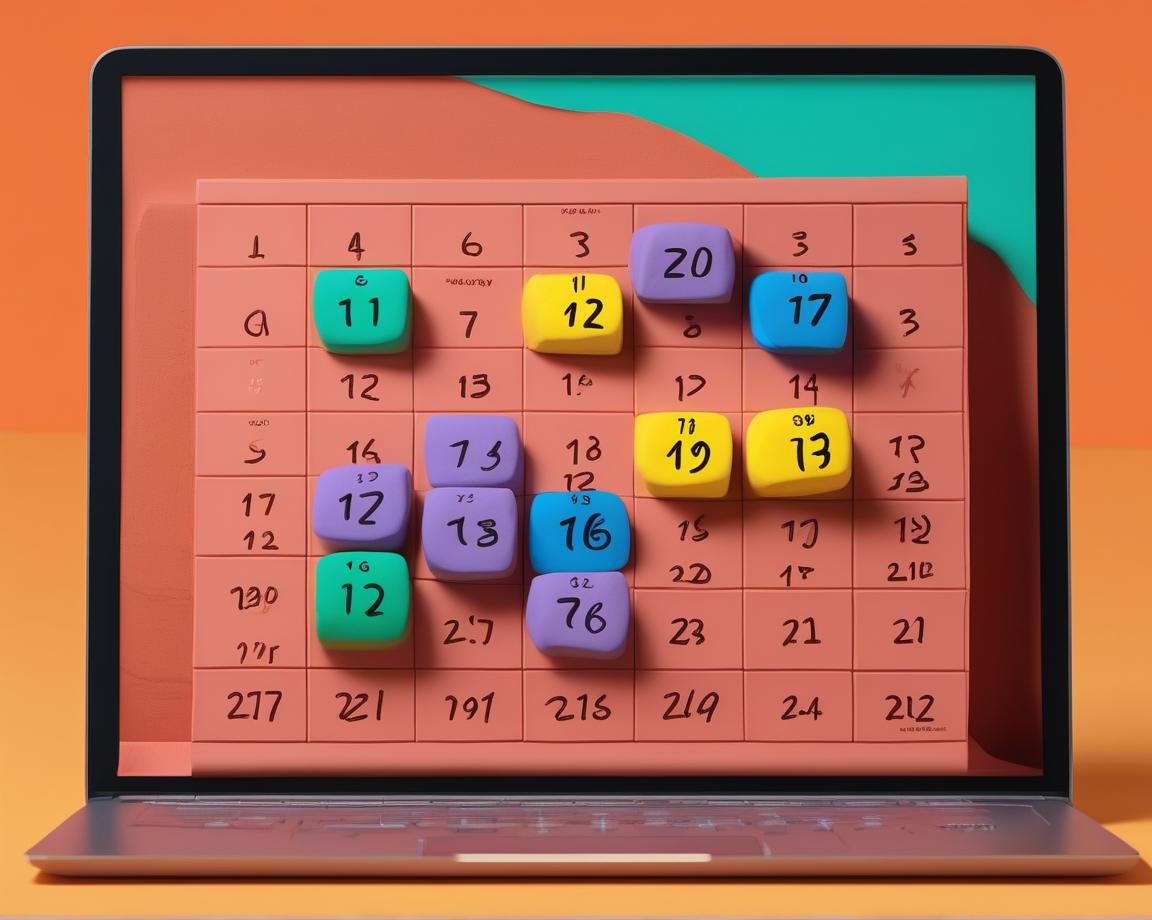You’ve got a list of highly targeted leads. Now it’s time to write a winning cold email.
In this post, we’ll focus on how to craft effective cold emails, from Eric’s own experience sending over 700k emails a month at Clay and his agency.
We'll show you examples of cold emails that have landed customers and break them down to share frameworks for success. (If you want to jump straight to writing effective personalizations, skip to the next piece in our guide).
Quick tips for your first cold email
Here are some general principles for your first cold email:
- Your first email, by far, is the most important one you’ll send. Most positive responses to any email campaign come after the first email. We send hundreds of thousands of emails a month and rarely see an exception to this rule.
- Focus on getting a reply, not selling your product. Sales is a process, and the first step is to pique your prospect’s interest in having a conversation. Show your value by offering to provide insights or results that other people cannot, or are not, willing to provide for free. (Eric often offers to teach prospects how to use AI in their outbound campaigns—something that many people are interested in learning even before they know much about Clay.)
- Keep the email short (ideally <100 words).
Here’s a real-life example of a prospecting email that accomplishes the above:
.png)
An example of an effective first cold email
Before we break down the parts of this effective email, let’s show you a full example. In this case, we were targeting the sales leaders of Series A startups as customers of Clay.
.png)
This email campaign yielded an 8.2% positive response rate, including many that shouted out the email itself!
.png)
Breaking down an effective first cold email
Let’s break down the parts of your first cold email, step by step. Each section below will correspond to just a sentence or half a sentence of your email.
Expand the toggles to read more!
1- Give specific context for your outreach
The first line of your email describes why you’re reaching out. Did you notice an announcement about your prospect’s company? Did you just read their LinkedIn post? Show that you’ve done homework to ensure that the connection is relevant.

Here’s our “context” line from the email above!
One useful template for this is: It looks like your company is [experiencing an event]. From my experience, this means [insight].
Examples:
- I was looking into your company, and I used the SimilarWeb Chrome extension to see that your web traffic has been declining in the last three months.
- Congratulations on joining the marketing team at Company X. I noticed that you’re growing the team because you just hired a Salesforce administrator with a job description that involves XYZ.
You can write these automatically using Clay’s ChatGPT integration (more on this in our piece on creative personalizations!
2- Describe how your product solves a problem
Next, you’re going to describe a problem your prospect might have and how your product can help solve it.
This often takes the format: I noticed you might have a problem with X; we help people do Y.
Think about what you can offer that your competitors cannot. If you’re running a lead generation agency, everyone in the industry will claim to help clients get leads and automate prospecting. You can stand out by saying that you far surpass other agencies in terms of data relevance and personalization because you have access to over 60 databases, a custom scraper, and web scraping specialists on your team.
A real-life example from us at Clay:
✉️ I was reading your job description for your open SDR role, and it looks like you have your team manually researching information. We built a tool that automates 90% of your manual research by combining data from over 40 databases. Rippling and Predictable Revenue are replacing their growth engineering staff with just our platform. Could I send a <3 minute video on how?
3- Describe the cost of inaction
What’s your prospect’s cost of inaction (i.e., not using your product)? Can you ask a question that makes them think about it?
Three real-life examples from us at Clay:
#1 → I noticed that you added ten account executives to your team, doubling your headcount. How are you thinking about automating their outbound prospecting research?” (Our prospects may not be aware that outbound prospecting research can be automated—but they now know what they have to miss out on!)
#2 → How do you know that your marketing emails are actually landing in people’s inboxes? (Our prospects may never have thought about measuring and tracking deliverability!)
#3 ->
.png)
4- Share social proof
Give your reader social proof to show them that you’re reputable and have past experience helping companies that are similar to them. The best would be to mention that you helped a company your prospect would know about to accomplish a quantitative result in a certain amount of time. Next best would be to mention companies with similar industries, headcount, or similar sizes.
A generally useful line is, “I just helped [X company relevant to your industry and size] accomplish [Y relevant goal]. Your goals should be specific, like “increase search traffic by 250% in six months through SEO-optimized content.”
Real life examples from us at Clay:
1 → We’re helping Rippling automate research tasks like XYZ, which they were previously manually researching. This is helping them save more than five hours a day.
2 → It looks like you might be paying SDRs to manually find research when they could be doing things you can’t automate (cold calls, SM, communities) instead. We’re helping other companies to not waste half their SDR salaries on manual tasks, like writing emails.
5- End with a light call to action
End your email in a way that gives your recipient a way to engage with you. Your biggest goal is to get a reply.
A call to action that we often use is: if we could help you with [problem], would that be useful to you? (For example: If I could help you automate the research your sales team is doing, would that be useful?)
We generally advise against asking for a live meeting, which will likely increase your prospect’s resistance. In some specific cases, when your message conveys high enough value, you can ask someone for time.
Here’s an example of an email where this worked for us at Clay:
.png)
---
Framework for additional emails in your sequence
Most of the responses to any email campaign will come after your first email. We run millions of campaigns a month, and we’ve never seen an exception. That said, follow-ups can sometimes help land customers.
How to decide whether to send follow-up emails
**Whether, when, and how often you should follow up depends on the size of your total addressable market.** If you have a large list (e.g. 50k+), it’ll take many months to reach out to everyone. Aim to send prospects 1-2 emails within a week and then pause. If someone doesn’t engage, wait at least 45 days before you try again. Sending an email 2+ months later is a “fresh start”—most prospects won’t remember you.
If you have a small list (e.g. a few thousand people), then your campaigns will be a fight against prospects unsubscribing. Write emails that prospects will find useful, even if they aren’t yet ready to buy. If your TAM is 3k prospects, you can send everyone 1 email a month. Aim for multiple sources of contact; if you’re emailing a prospect, consider calling or DMing as well.
**If you decide that you need to run an email sequence, make sure you ensure you’re not emailing customers who’ve already received messages.** Add contacts you've already emailed to a 'do not contact' list on your sequencing tool (this is a standard feature)!
Second email: share additional context
Email 1 communicated that your product could help your prospects solve important business problems. Email 2 can add more detailed context on *how.* Add information about product features or the transformation you’ll enable.
Here’s an example using a financial services company as a prospect:
Hi [X],
I previously mentioned that I’ve been helping [X company] find customers by contacting people who’ve recently changed jobs to see if they need help with new benefits packages or rollover plans. For a bit more context, we do this by constantly monitoring LinkedIn Sales Navigator for people who are changing jobs. When they change jobs, we reach out on your behalf to see if they need your services.
We have the copy ready and I have a video that can show you how to build this kind of list. Would that be interesting to you?
Cheers,
[Y]
Third email: change your angle
If your prospect still hasn’t replied, try using a different angle. Your first two emails, e.g., may have emphasized that your product would help your reader earn more revenue. But what if driving more revenue isn’t their biggest priority?
Email 3 gives you the chance to change your angle. Perhaps, instead of emphasizing that your product can help someone make more money, you can emphasize how it can help them save time.
Fourth email: the breakup email
In your final email, ask your prospect if there's somebody else at their company you should speak to.
Example: I noticed that [your company] has 255 employees. Perhaps this isn't your area of focus. Is there somebody else that I should be speaking to?
Data indicates that people respond to breakup emails more often than they respond to the other emails in a sequence. If you remain available to connect while offering to route yourself to a more relevant person within their organization, you will increase your chances of getting a positive reply.
You’ve got a list of highly targeted leads. Now it’s time to write a winning cold email.
In this post, we’ll focus on how to craft effective cold emails, from Eric’s own experience sending over 700k emails a month at Clay and his agency.
We'll show you examples of cold emails that have landed customers and break them down to share frameworks for success. (If you want to jump straight to writing effective personalizations, skip to the next piece in our guide).
Quick tips for your first cold email
Here are some general principles for your first cold email:
- Your first email, by far, is the most important one you’ll send. Most positive responses to any email campaign come after the first email. We send hundreds of thousands of emails a month and rarely see an exception to this rule.
- Focus on getting a reply, not selling your product. Sales is a process, and the first step is to pique your prospect’s interest in having a conversation. Show your value by offering to provide insights or results that other people cannot, or are not, willing to provide for free. (Eric often offers to teach prospects how to use AI in their outbound campaigns—something that many people are interested in learning even before they know much about Clay.)
- Keep the email short (ideally <100 words).
Here’s a real-life example of a prospecting email that accomplishes the above:
.png)
An example of an effective first cold email
Before we break down the parts of this effective email, let’s show you a full example. In this case, we were targeting the sales leaders of Series A startups as customers of Clay.
.png)
This email campaign yielded an 8.2% positive response rate, including many that shouted out the email itself!
.png)
Breaking down an effective first cold email
Let’s break down the parts of your first cold email, step by step. Each section below will correspond to just a sentence or half a sentence of your email.
Expand the toggles to read more!
1- Give specific context for your outreach
The first line of your email describes why you’re reaching out. Did you notice an announcement about your prospect’s company? Did you just read their LinkedIn post? Show that you’ve done homework to ensure that the connection is relevant.

Here’s our “context” line from the email above!
One useful template for this is: It looks like your company is [experiencing an event]. From my experience, this means [insight].
Examples:
- I was looking into your company, and I used the SimilarWeb Chrome extension to see that your web traffic has been declining in the last three months.
- Congratulations on joining the marketing team at Company X. I noticed that you’re growing the team because you just hired a Salesforce administrator with a job description that involves XYZ.
You can write these automatically using Clay’s ChatGPT integration (more on this in our piece on creative personalizations!
2- Describe how your product solves a problem
Next, you’re going to describe a problem your prospect might have and how your product can help solve it.
This often takes the format: I noticed you might have a problem with X; we help people do Y.
Think about what you can offer that your competitors cannot. If you’re running a lead generation agency, everyone in the industry will claim to help clients get leads and automate prospecting. You can stand out by saying that you far surpass other agencies in terms of data relevance and personalization because you have access to over 60 databases, a custom scraper, and web scraping specialists on your team.
A real-life example from us at Clay:
✉️ I was reading your job description for your open SDR role, and it looks like you have your team manually researching information. We built a tool that automates 90% of your manual research by combining data from over 40 databases. Rippling and Predictable Revenue are replacing their growth engineering staff with just our platform. Could I send a <3 minute video on how?
3- Describe the cost of inaction
What’s your prospect’s cost of inaction (i.e., not using your product)? Can you ask a question that makes them think about it?
Three real-life examples from us at Clay:
#1 → I noticed that you added ten account executives to your team, doubling your headcount. How are you thinking about automating their outbound prospecting research?” (Our prospects may not be aware that outbound prospecting research can be automated—but they now know what they have to miss out on!)
#2 → How do you know that your marketing emails are actually landing in people’s inboxes? (Our prospects may never have thought about measuring and tracking deliverability!)
#3 ->
.png)
4- Share social proof
Give your reader social proof to show them that you’re reputable and have past experience helping companies that are similar to them. The best would be to mention that you helped a company your prospect would know about to accomplish a quantitative result in a certain amount of time. Next best would be to mention companies with similar industries, headcount, or similar sizes.
A generally useful line is, “I just helped [X company relevant to your industry and size] accomplish [Y relevant goal]. Your goals should be specific, like “increase search traffic by 250% in six months through SEO-optimized content.”
Real life examples from us at Clay:
1 → We’re helping Rippling automate research tasks like XYZ, which they were previously manually researching. This is helping them save more than five hours a day.
2 → It looks like you might be paying SDRs to manually find research when they could be doing things you can’t automate (cold calls, SM, communities) instead. We’re helping other companies to not waste half their SDR salaries on manual tasks, like writing emails.
5- End with a light call to action
End your email in a way that gives your recipient a way to engage with you. Your biggest goal is to get a reply.
A call to action that we often use is: if we could help you with [problem], would that be useful to you? (For example: If I could help you automate the research your sales team is doing, would that be useful?)
We generally advise against asking for a live meeting, which will likely increase your prospect’s resistance. In some specific cases, when your message conveys high enough value, you can ask someone for time.
Here’s an example of an email where this worked for us at Clay:
.png)
---
Framework for additional emails in your sequence
Most of the responses to any email campaign will come after your first email. We run millions of campaigns a month, and we’ve never seen an exception. That said, follow-ups can sometimes help land customers.
How to decide whether to send follow-up emails
**Whether, when, and how often you should follow up depends on the size of your total addressable market.** If you have a large list (e.g. 50k+), it’ll take many months to reach out to everyone. Aim to send prospects 1-2 emails within a week and then pause. If someone doesn’t engage, wait at least 45 days before you try again. Sending an email 2+ months later is a “fresh start”—most prospects won’t remember you.
If you have a small list (e.g. a few thousand people), then your campaigns will be a fight against prospects unsubscribing. Write emails that prospects will find useful, even if they aren’t yet ready to buy. If your TAM is 3k prospects, you can send everyone 1 email a month. Aim for multiple sources of contact; if you’re emailing a prospect, consider calling or DMing as well.
**If you decide that you need to run an email sequence, make sure you ensure you’re not emailing customers who’ve already received messages.** Add contacts you've already emailed to a 'do not contact' list on your sequencing tool (this is a standard feature)!
Second email: share additional context
Email 1 communicated that your product could help your prospects solve important business problems. Email 2 can add more detailed context on *how.* Add information about product features or the transformation you’ll enable.
Here’s an example using a financial services company as a prospect:
Hi [X],
I previously mentioned that I’ve been helping [X company] find customers by contacting people who’ve recently changed jobs to see if they need help with new benefits packages or rollover plans. For a bit more context, we do this by constantly monitoring LinkedIn Sales Navigator for people who are changing jobs. When they change jobs, we reach out on your behalf to see if they need your services.
We have the copy ready and I have a video that can show you how to build this kind of list. Would that be interesting to you?
Cheers,
[Y]
Third email: change your angle
If your prospect still hasn’t replied, try using a different angle. Your first two emails, e.g., may have emphasized that your product would help your reader earn more revenue. But what if driving more revenue isn’t their biggest priority?
Email 3 gives you the chance to change your angle. Perhaps, instead of emphasizing that your product can help someone make more money, you can emphasize how it can help them save time.
Fourth email: the breakup email
In your final email, ask your prospect if there's somebody else at their company you should speak to.
Example: I noticed that [your company] has 255 employees. Perhaps this isn't your area of focus. Is there somebody else that I should be speaking to?
Data indicates that people respond to breakup emails more often than they respond to the other emails in a sequence. If you remain available to connect while offering to route yourself to a more relevant person within their organization, you will increase your chances of getting a positive reply.




























































